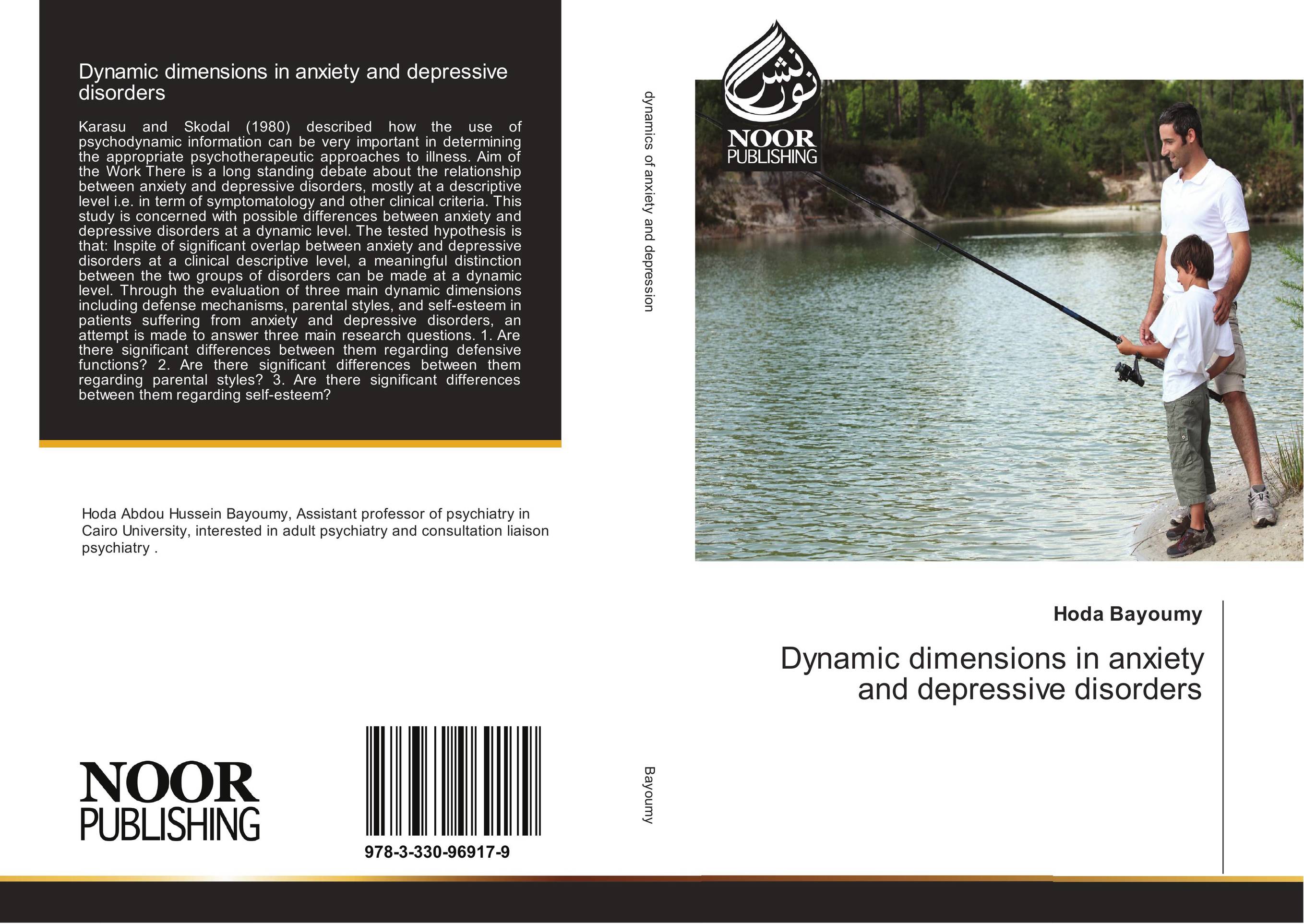| Поиск по каталогу |
|
(строгое соответствие)
|
- Профессиональная
- Научно-популярная
- Художественная
- Публицистика
- Детская
- Искусство
- Хобби, семья, дом
- Спорт
- Путеводители
- Блокноты, тетради, открытки
Dynamic dimensions in anxiety and depressive disorders.

В наличии
| Местонахождение: Алматы | Состояние экземпляра: новый |

Бумажная
версия
версия
Автор: Hoda Bayoumy
ISBN: 9783330969179
Год издания: 2017
Формат книги: 60×90/16 (145×215 мм)
Количество страниц: 244
Издательство: Noor Publishing
Цена: 44265 тг
Положить в корзину
| Способы доставки в город Алматы * комплектация (срок до отгрузки) не более 2 рабочих дней |
| Самовывоз из города Алматы (пункты самовывоза партнёра CDEK) |
| Курьерская доставка CDEK из города Москва |
| Доставка Почтой России из города Москва |
Аннотация: Karasu and Skodal (1980) described how the use of psychodynamic information can be very important in determining the appropriate psychotherapeutic approaches to illness. Aim of the Work There is a long standing debate about the relationship between anxiety and depressive disorders, mostly at a descriptive level i.e. in term of symptomatology and other clinical criteria. This study is concerned with possible differences between anxiety and depressive disorders at a dynamic level. The tested hypothesis is that: Inspite of significant overlap between anxiety and depressive disorders at a clinical descriptive level, a meaningful distinction between the two groups of disorders can be made at a dynamic level. Through the evaluation of three main dynamic dimensions including defense mechanisms, parental styles, and self-esteem in patients suffering from anxiety and depressive disorders, an attempt is made to answer three main research questions. 1. Are there significant differences between them regarding defensive functions? 2. Are there significant differences between them regarding parental styles? 3. Are there significant differences between them regarding self-esteem?
Ключевые слова: dynamic dimensions in anxiety and depressive disorders



